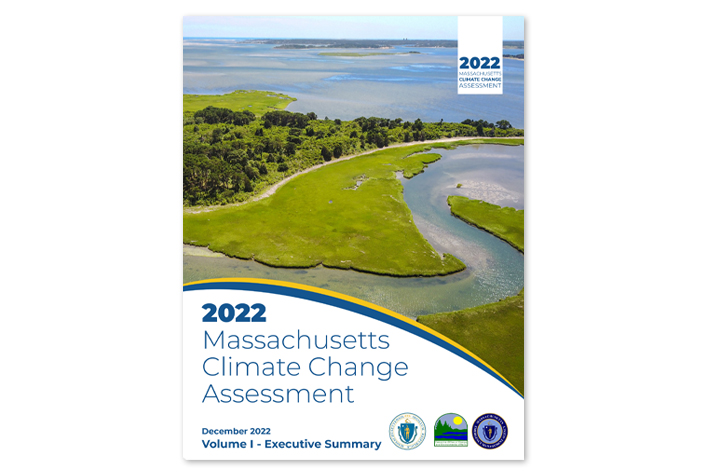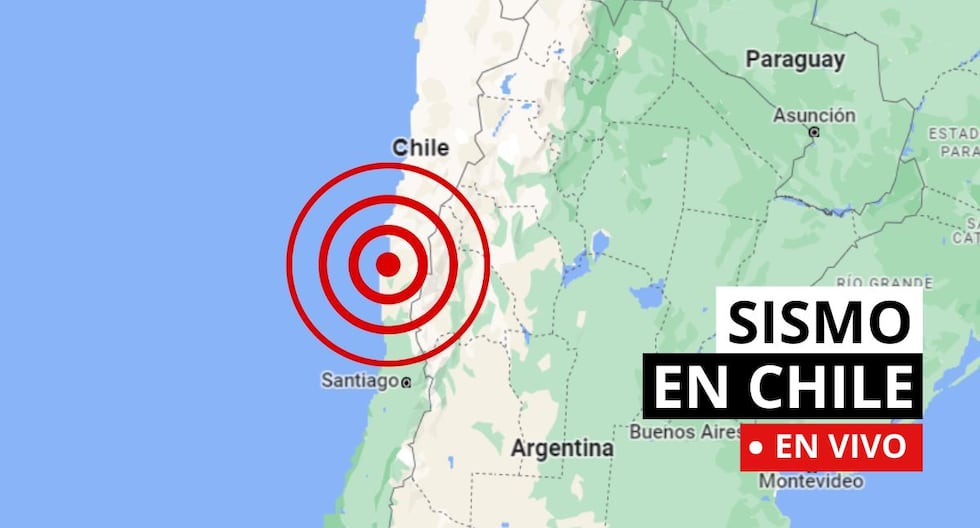Western Massachusetts: How Climate Change Impacts Rainfall

Table of Contents
Increased Frequency and Intensity of Extreme Rainfall Events
Climate change is intensifying the water cycle, leading to more intense rainstorms in Western Massachusetts. This manifests as an increase in heavy rainfall and extreme precipitation events, dramatically increasing the risk of flash floods and overwhelming existing stormwater management systems. The consequences are far-reaching:
- Increased risk of flooding in rivers and streams: The increased volume of water overwhelms natural drainage systems, leading to widespread flooding in rivers like the Connecticut River and smaller tributaries.
- Damage to infrastructure and property: Intense rainfall events can damage roads, bridges, buildings, and other infrastructure, resulting in costly repairs and economic disruption.
- Disruption to transportation and daily life: Flooding can close roads and railways, disrupting transportation networks and impacting daily commutes and the delivery of essential goods and services.
- Impact on agriculture and farming practices: Heavy rainfall can damage crops, erode topsoil, and contaminate water sources used for irrigation, significantly impacting agricultural productivity.
Studies by the University of Massachusetts Amherst and the Northeast Climate Science Center have shown a clear upward trend in the frequency and intensity of heavy precipitation events in Western Massachusetts over the past several decades, supporting these observations.
Changes in Seasonal Rainfall Distribution
Climate change is not only increasing the intensity of rainfall but also altering its seasonal rainfall patterns. We're seeing shifts in the timing and amount of rainfall throughout the year, leading to both periods of droughts and water scarcity and increased risk of devastating floods.
- Increased risk of droughts during typically dry periods: Summer droughts are becoming more frequent and severe, stressing water resources and impacting agriculture, forestry, and wildlife.
- Shorter growing seasons for farmers due to altered rainfall patterns: Unpredictable rainfall makes it difficult for farmers to plan planting and harvesting schedules, potentially leading to reduced yields and economic losses.
- Potential for water shortages and increased competition for water resources: Decreased overall rainfall and more frequent droughts intensify competition for limited water resources among different users, including agriculture, industry, and households.
- Impacts on forest ecosystems and biodiversity: Altered rainfall patterns can stress forest ecosystems, impacting tree growth, increasing susceptibility to pests and diseases, and altering the distribution of plant and animal species.
Analyzing historical rainfall data clearly illustrates these shifts, with a noticeable decline in spring rainfall and an increase in the intensity of summer downpours in recent years.
The Impact on Local Ecosystems and Agriculture
The altered rainfall patterns significantly impact the delicate balance of Western Massachusetts' natural environment and agricultural practices. The consequences affect ecosystem disruption and agricultural productivity alike.
- Changes in plant and animal species distribution: Shifts in rainfall patterns can alter habitats, favoring some species while disadvantaging others, potentially leading to biodiversity loss.
- Increased risk of soil erosion and degradation: Intense rainfall events increase the risk of soil erosion, reducing soil fertility and harming agricultural productivity.
- Impact on water quality and availability for drinking and irrigation: Increased runoff from heavy rainfall can contaminate water sources with pollutants, while droughts reduce the availability of clean water for drinking and irrigation.
- Challenges for local farmers in adapting to unpredictable rainfall: Farmers face increased challenges in adapting their practices to unpredictable rainfall patterns, needing to invest in drought-resistant crops and improved water management techniques.
Examples include the impact on apple orchards, a key part of the regional economy, and the altered migratory patterns of certain bird species.
Mitigation and Adaptation Strategies in Western Massachusetts
Addressing the effects of altered rainfall patterns requires a multifaceted approach encompassing climate change adaptation and proactive mitigation strategies.
- Implementing better stormwater management systems: Investing in improved drainage infrastructure and green infrastructure solutions can help manage increased runoff from heavy rainfall and reduce the risk of flooding.
- Investing in drought-resistant crops and farming practices: Farmers can adopt drought-resistant crop varieties and implement water-efficient irrigation techniques to reduce their vulnerability to droughts.
- Improving water infrastructure to ensure resilience during droughts and floods: Investing in water storage and distribution infrastructure can enhance the region’s resilience to both droughts and floods.
- Raising public awareness and promoting community engagement: Educating the public about the impacts of climate change and promoting community engagement in developing and implementing adaptation strategies are crucial.
Organizations like the Pioneer Valley Planning Commission and the Massachusetts Department of Environmental Protection are actively involved in promoting and supporting such initiatives.
Conclusion: Understanding and Addressing Rainfall Changes in Western Massachusetts
Understanding Western Massachusetts: How Climate Change Impacts Rainfall is crucial for building a more resilient future. The significant impacts of climate change on rainfall in Western Massachusetts are undeniable: increased extreme weather events, altered seasonal distributions, and consequential impacts on ecosystems and agriculture demand immediate attention. By investing in mitigation and adaptation strategies, improving infrastructure, and promoting sustainable practices, we can safeguard the region’s valuable natural resources and economic vitality. Learn more about local initiatives and contribute to protecting our region’s valuable resources – your participation is essential in addressing altered rainfall patterns in Western Massachusetts.

Featured Posts
-
 Jannik Sinner Meets Pope Leo Xiv A Surprise Encounter At The Italian Open
May 28, 2025
Jannik Sinner Meets Pope Leo Xiv A Surprise Encounter At The Italian Open
May 28, 2025 -
 Cuaca Jawa Tengah Besok 26 Maret Peringatan Hujan Di Semarang
May 28, 2025
Cuaca Jawa Tengah Besok 26 Maret Peringatan Hujan Di Semarang
May 28, 2025 -
 Spring 2024 Unsettling Parallels To 1968 And The Implications For Summer Drought
May 28, 2025
Spring 2024 Unsettling Parallels To 1968 And The Implications For Summer Drought
May 28, 2025 -
 Man Utd News 50m Stars House Sale Hints At Exit
May 28, 2025
Man Utd News 50m Stars House Sale Hints At Exit
May 28, 2025 -
 Novinata Za Khyu Dzhakman Bleyk Layvli Dzhstin Baldoni I Teylr Suift Kakvo Se Sluchva
May 28, 2025
Novinata Za Khyu Dzhakman Bleyk Layvli Dzhstin Baldoni I Teylr Suift Kakvo Se Sluchva
May 28, 2025
Latest Posts
-
 Fc Augsburg Gouweleeuw Onder Nieuwe Leiding
May 30, 2025
Fc Augsburg Gouweleeuw Onder Nieuwe Leiding
May 30, 2025 -
 Ticketmaster Averias Y Problemas Reportados El 8 De Abril Por Grupo Milenio
May 30, 2025
Ticketmaster Averias Y Problemas Reportados El 8 De Abril Por Grupo Milenio
May 30, 2025 -
 Precios De Boletos De Ticketmaster Una Explicacion Detallada
May 30, 2025
Precios De Boletos De Ticketmaster Una Explicacion Detallada
May 30, 2025 -
 Incidente Ticketmaster 8 De Abril El Reporte Completo De Grupo Milenio
May 30, 2025
Incidente Ticketmaster 8 De Abril El Reporte Completo De Grupo Milenio
May 30, 2025 -
 Gouweleeuw Krijgt Nieuwe Trainer Fc Augsburgs Veranderingen
May 30, 2025
Gouweleeuw Krijgt Nieuwe Trainer Fc Augsburgs Veranderingen
May 30, 2025
